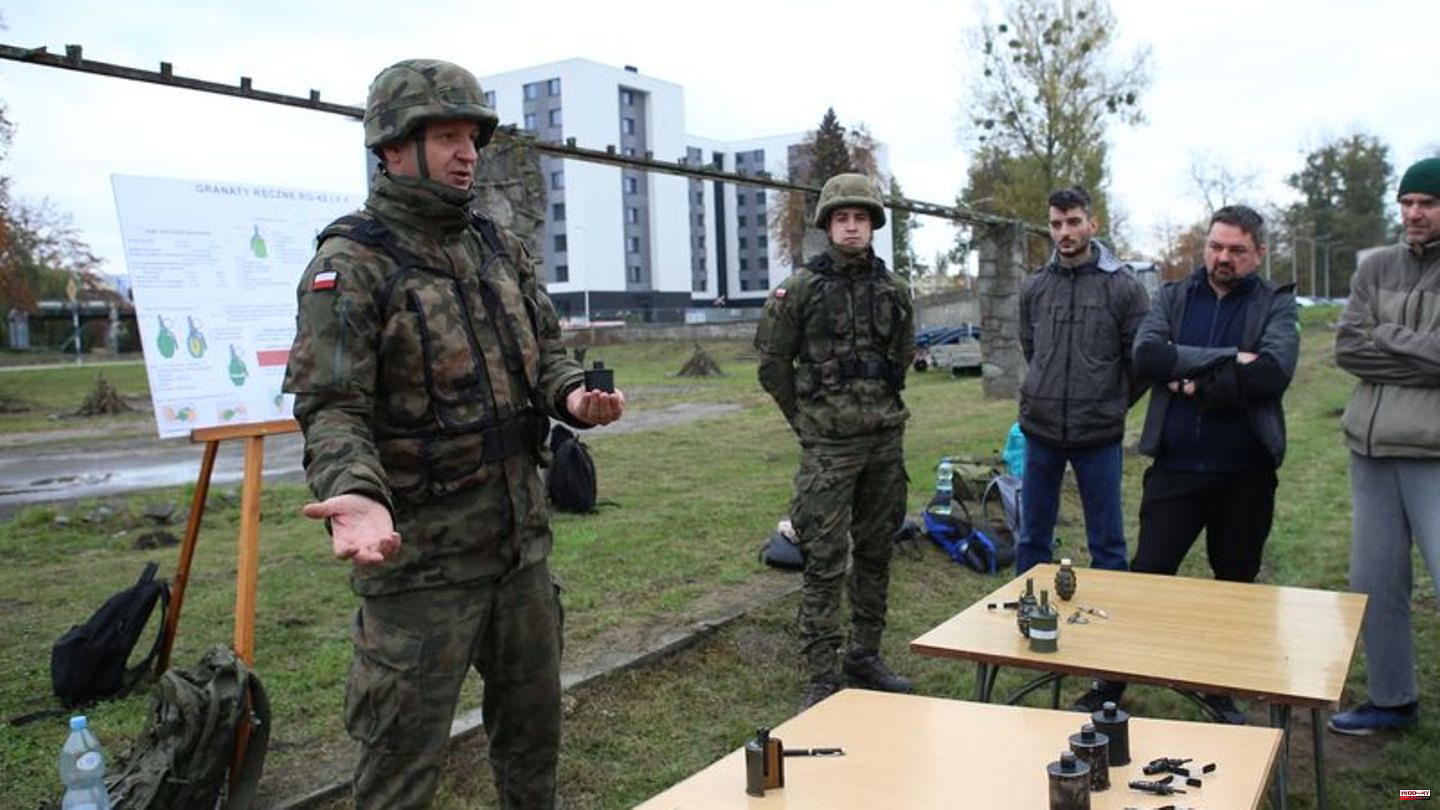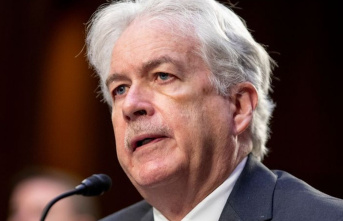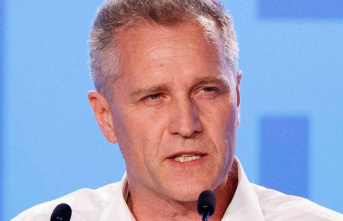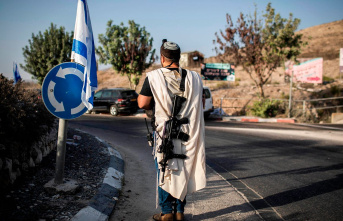A tank drives through the hilly landscape on the big screen. Suddenly, enemy soldiers appear behind a wall. Sofia Adach grabs the black assault rifle tighter, aims and pulls the trigger. Red dots mark their hits on the screen.
"Don't hold your breath when shooting, just keep breathing," says staff sergeant Magdalena Porowska. With her arm outstretched, she shows the shooter the angle at which she should hold the assault rifle.
The shooting practice in the simulator is part of a free one-day military training course that Poland's military has recently started offering to citizens. Soldiers show how to use weapons, how to behave in dangerous situations and the basics of orientation in the field. "I think you need skills like that, it gives you a greater sense of security," says Sofia Adach.
The 40-year-old fitness trainer is among a hundred men and women who descended on a chilly autumn Saturday at the Polish Armed Forces Aeronautics Training Center in Deblin. Here, around 140 kilometers south of Warsaw, they complete the one-day course "Train with the army". The program is offered at 17 military locations nationwide.
Fear of expanding aggressive war grows
In Poland, fears of an escalation of the Russian war of aggression against neighboring Ukraine are growing. The EU and NATO country Poland is arming itself massively against a threat from Moscow. It recently signed deals worth billions with the United States and South Korea for the supply of new tanks, howitzers and fighter jets. The number of troops in the armed forces is to be doubled. In the country with around 38 million inhabitants, the military currently has 110,000 soldiers, plus 30,000 members of the voluntary homeland security WOT. In the coming years there should be 250,000 professional soldiers and 50,000 homeland guards.
"The Polish military needs to increase in numbers to really deter an aggressor," Defense Minister Mariusz Blaszczak said recently. Poland has introduced voluntary basic military service - conscription was abolished many years ago. And of course the one-day training should also serve to recruit citizens for the armed forces. But not only: "We want to create the conditions for as many people as possible to be trained in handling weapons, in first aid and in survival skills, for example in the ability to make a fire or treat water," says Blaszczak.
In the shooting simulator in Deblin, Sergeant Porowska encourages the participants. "I want you to shoot as much as possible!" For some it is not so easy. "First I had to break my barrier to touching a gun," says Malgorzata Wos (39). She believes the training is useful for not panicking in an emergency situation.
"I'm afraid the Ukraine war is the beginning of something bigger. And I don't want to run away from an armed conflict," says Adam Krakowiak. The 28-year-old forklift driver is considering whether he should become a professional soldier or join the voluntary homeland security service. The training should help him with the decision.
Shooting practice and throwing hand grenades
Outside on the training ground, Sergeant Mariusz Starosz explains how to use the hand grenade. "After throwing, take cover immediately, don't look where it lands!" he urges the participants.
A little boy scout romance should not be missing during survival training. A skydiving instructor demonstrates how to start a campfire with the back of a knife, firesteel and birch bark. During the lunch break, the participants receive a ration of emergency food - complete with a chemical heater that only needs to be mixed with water. After ten minutes, the food is cooking in the aluminum bowl. The men in particular are enthusiastic.
"Of course, you can't train people to become soldiers in one day," says senior midshipman Marcin Chruscicki, who accompanies the course. But in the event of a conflict, it wouldn't do any harm if as many citizens as possible knew how to use a weapon. In addition, the whole thing is also an image campaign: "We want to give people a feeling of security that the army is there."












